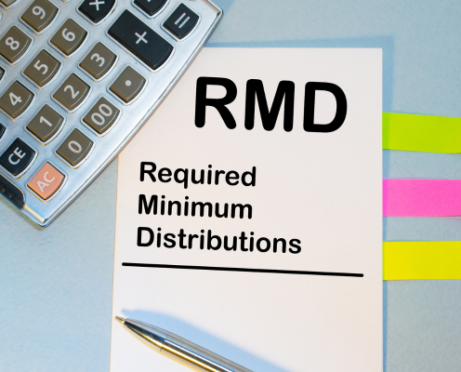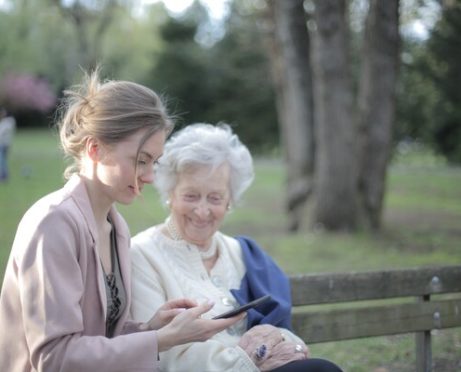This special series is part of CentSai’s commitment to financial literacy at every level. We’re collaborating with financial education advocate Sam X Renick (creator of Sammy Rabbit) on a series of short interviews, videos, and tips. In this installment, Rhonda Paul Ashburn, executive director of the American Financial Services Association Education Foundation, tells Renick a money lesson she learned as a child and shares advice for teaching kids about money.
A Childhood Money Lesson
 Sam X Renick: What is the most important money habit you learned as a child? Briefly share the story of how you learned the habit and tell us about the impact it has had on you throughout your life.
Sam X Renick: What is the most important money habit you learned as a child? Briefly share the story of how you learned the habit and tell us about the impact it has had on you throughout your life.
Rhonda Paul Ashburn: It’s difficult to pick just one story about the most important money habit I learned as a child because when I was growing up, my mom was a teacher of home economics — now called family and consumer sciences — and she was constantly teaching us about money management.
In particular, our family discussed savings. Teachable moments often arose when I got birthday checks from my grandparents. Adhering to those earlier lessons from my mom and grandparents, I would put the gifts in my savings account.
It was always interesting to sit down with my grandmother, look at my account records, and see how my money was growing.
I think the savings habit was also ingrained in me because of a fourth-grade activity. Like many elementary school classrooms, we had a bank made out of a cardboard refrigerator box.
Our teacher, Mrs. Roper, promised us that the student having the most money at the end of the year would earn a prize. As I recall, we used play money. I don’t think we even got to know what the prize was, but I saved the most money and got a piggy bank. To me, it was a big deal and helped to instill the savings habit in me for life.
It’s interesting that something as simple as a savings account or a small prize can make such a difference in a young person’s life. It goes to show that as financial educators, we shouldn’t overthink our strategies, but perhaps focus more on the simple things, which can truly make a difference.
The Most Important Money Lesson to Teach Kids
Renick: If you could teach a child only one money habit, what would it be? Briefly explain why.
Ashburn: The American Financial Services Association Education Foundation, of which I am the executive director, offers MoneySKILL, a free online personal finance course with 36 different module topics. Picking just one topic is difficult. But I think teaching the habit of saving money is probably the most important.
Savings can be tied to income, expenses, investing, credit, and even insurance; all of these are important areas when it comes to money management. In addition, I think the savings concept can be grasped visually at a young age with simply a glass jar and the accumulation of change.
A Final Thought: What If the Research Is Wrong?
Renick: The current school of though is that adult money habits are set by age 7. What if that is wrong and adult money habits are formed earlier, perhaps around the age the “give mes” set in? What does this mean for families, schools, and the financial education industry?
Ashburn: If adult financial habits are formed during the give-me phase early in life, then families, schools, and the financial education industry will need to teach financial responsibility lessons to young children at the appropriate teachable moments.
For example, I recall asking my mom when I was young why there were so many commercials during the Captain Kangaroo television program.
She said that if there weren’t commercials, we would have a box on top of the TV to put money in each time we wanted to watch it.
That quickly made an impression on me, and I understood why I could not have what I wanted.
In my opinion, we can effectively teach money lessons to very young children by explaining needs and wants. During the give-me phase of life, children naturally focus on their wants. Teaching about needs like food, clothing, and shelter helps us understand the difference between needs and wants.
In most cases, this can lead to successful money management. The bottom line is that we must start teaching these important concepts as early and as frequently as possible. Develop good money habits early and practice good ones often, you might say.
Teaching Kids About Money: Take Action
Listen to the song “S.A.V.E.”
Make a deposit in your savings account today. Have your child, grandchild, niece, or nephew do the same. Keep it going! Make saving a habit.
Discover more about Rhonda Paul Ashburn and the American Financial Services Association Education Foundation at its website.











